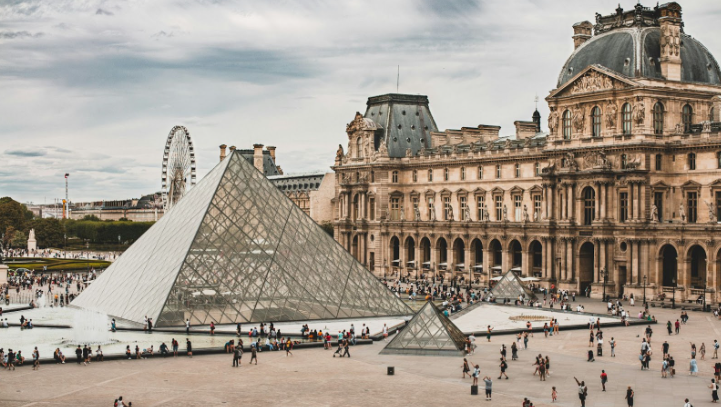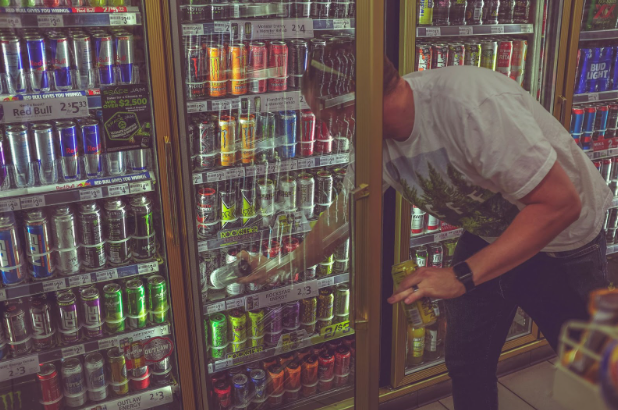Shaping everyday life: TikTok and the trend cycle
The popular social media app TikTok reinforces habits of overconsumption and overproduction in unhealthy waves of trends.
March 6, 2023
HydroFlasks, Owalas, Stanleys… what’s next? These brand names alone are living proof of TikTok influencing the modern day trend cycle.
Anyone on the popular social media app, TikTok, would instantly recognize at least one of the formerly mentioned brand names. They skyrocketed to fame on the platform and were the water bottles everyone wanted in early 2020, mid-2021 and the early months of 2023.
TikTok is an uber-popular social media platform that has taken individuals by storm since its acquisition from Musical.ly in 2018. Since then, its growth has exponentially increased. With over 1 billion monthly users, there’s always someone checking their “For You Page” for short curated videos that match their taste to a tee. Personalization is a large part of TikTok’s addictive recipe and it has everyone hooked.
Addictive algorithms, superb shorts and curated content is the app’s primary selling point. The digital algorithm works in mysterious ways and displays these videos for users to see. It doesn’t take long for a video to gain millions of views, starting the next big trend.
Much like the lengths of the videos himself, the lifespan of these trends are dangerously short. Trends don’t stay afloat for long, hitting their prime and drowning in the large world of media months or even weeks later, creating an erratic cycle of supply and demand.
With younger generations composing the significant demographic of users on the app, this only feeds into the chaotic frenzy to buy the next hot materialistic item.
Still, TikToks are not just materialistic. They follow specific patterns of music, brands and ideas. While these seem like great intentions, the rapid movement of trends causes overuse and unsustainable practices to occur.
Brands and companies are specifically involved in the heaping mess that is the trend cycle. Their products become a fad, hitting dangerously high levels of demand. This is a repetitive circle as the limelight for products shifts from one to the next and manufacturers try to keep.
It’s often smaller companies or those without the production power that are the beneficiaries or victims of the trend cycle. While it’s a great business for them as people are flocking to their websites to purchase the item, it is largely dangerous because as soon as the company realizes what is happening it’s far too late.
With the delay that exists in the modern supply chain, businesses simply cannot increase production sustainably. It’s nearly impossible to satisfy the heavy demand, but before they know it that demand is long-gone: leaving them with upgraded production but fewer customers.
All of these factors only equate to ideals that oppose those of the modern world: fast fashion, overconsumption, overproduction and general unsustainable practices. In a world where society is only beginning to realize the downfalls of industrialization and the impacts our carbon footprints leave behind, TikTok trends do more harm than good.
Trends often have a way of reintroducing the same product by different brands back into the spotlight; and it isn’t rare for consumers to purchase them no matter the price. This leaves society asking, “why does one need three different types of insulated water bottles?”
The overproduction of these products is fueled by the overconsumption of buyers that are attempting to keep up with trends resulting in unsustainable processes that are further fueled by the influx of consumerism. Though the results aren’t visible yet, TikTok’s trend cycle poses large threats to the wellbeing of the earth and in turn, people all over the world.












































































